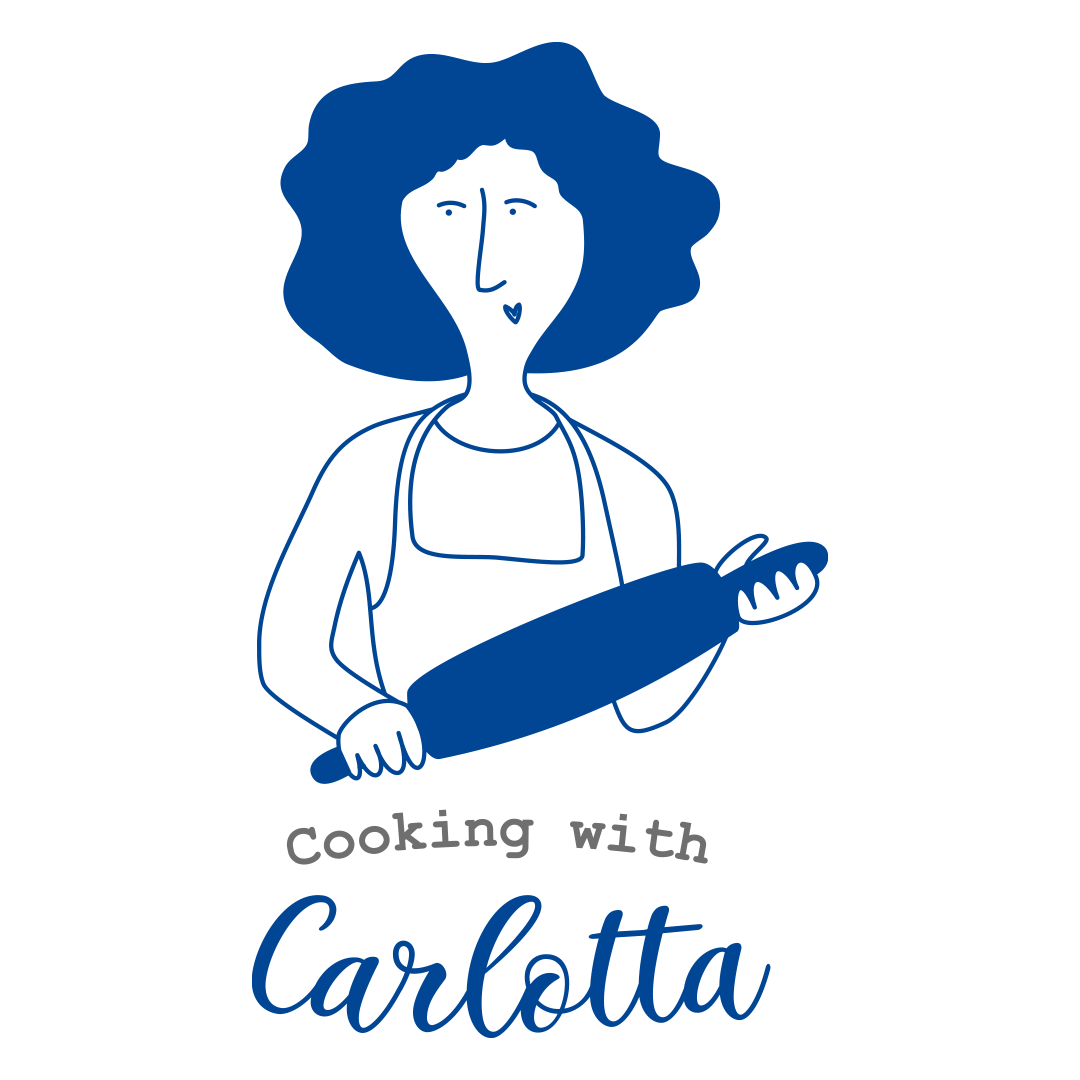This simple dish demonstrates the deep interconnection of Italy with the Middle East and the Arab world. In all Italy, mainly along the coasts, we have the introduction of pine nuts and raisins in many dishes; see for example the Liguria cuisine, or Venice one, as a demonstration that along the century the contacts have been intense.
The case of Sicily is special since the Muslim Arab directly ruled it for centuries. This is not a history blog, so I need to summarize briefly a complicated but very interesting period.
Sicily, which was part of the Byzantine Empire, fell under Arab control first in the 7th century, in a short-lived conquest, that ended briefly. The systematic invasion of the island was concluded in 965 after a prolonged series of conflicts from 827 to 902.
The Muslim Arabs created a multi-ethnic society, where the previous Byzantine Sicilian inhabitants and a Jewish minority were “tolerated” and were able to flourish. In agriculture, the Arabs promoted a land reform, encouraging the growth of smallholdings and the subsequent increase in productivity. We also owe them the introduction of oranges, lemons, pistachio, almonds, and sugarcane to Sicily, as well as the improvement of the irrigation system thanks to the Qanats.
Due to intra-dynastic quarrels, which took place within the Muslim regime, the island fragmented into four areas. These internal divisions led to the progressive weakening of the Arab rule and the success of the plot of the princes from the inland, who enrolled Christian Norman mercenaries. The Emirate was conquered in 1071.
The Normans were great admirers of the Arab culture and under their rule, Sicily enjoyed a period of prosperity and the flourishing of Siculo-Norman architecture and art.
This vocation towards multi-ethnicity perpetuates nowadays: the local dialects and cuisines in centuries have been embracing ingredients and other languages in its local culture, from France and Spain because of dominations, and the culture of the Mediterranean. Nowadays the cultural melting-pot has one of its most poignant symbol in the couscous festival, which is held every September in San Vito Lo Capo.
SICILIAN BEEF ROLLS
- 20 slices beef top round (about 1 pound total), pounded 1/8″ thick*
- ½ + ¼ cups (100 g.) breadcrumbs
- 5 tablespoons olive oil, divided
- 2 tablespoons pine nuts, toasted and grossly chopped
- 3,5 oz. (100 g.) Caciocavallo cheese, finely grated
- 24 bay leaves
- 2 red onions, possibly Tropea ones, one of them finely minced
- 2 tablespoons chopped raisins
- marine salt and black pepper to season
- Heat 3 tbsp. oil in a small skillet over medium-high and sauté the minced onion. Add the breadcrumbs and mix carefully.
- Combine cheese and the mixture of onion and breadcrumbs in a medium bowl. The mixture must be a moist and soft, so if necessary add 1-2 tablespoons oil.
- Lay beef flat on a work surface; brush with oil and season with salt and pepper. Sprinkle evenly with 1/2 cup breadcrumb mixture. Working one at a time and starting at the short end, roll up beef, first along the long side, then turn the shorter rim right inside, in order not to make the stuffing waste during the cooking process. Cut the onion and make layers as long as the rolls. Thread together the rolls in a wooden skewer, alternating them with a bay leave and an onion leaf. Make four rolls for each skewer.
- Again, brush the rolls with oil and sprinkle with breadcrumbs. Grill the rolls 2 minutes for each part and serve. If you do not have a grill, pour 1 tbsp. olive oil in a non-stick pan and cook 2 minutes for each part. Alternatively, put oven rack in middle position and preheat oven to 350°F, then cook for 3 minutes for each part.
